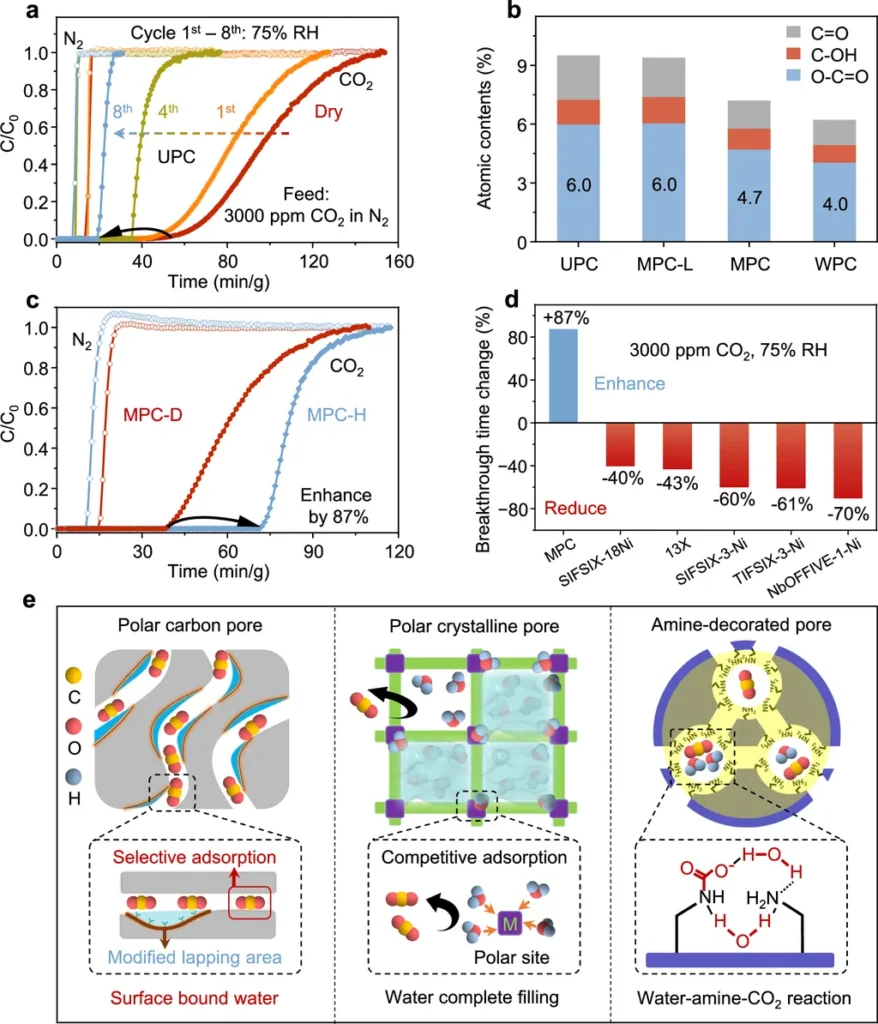In the quest to mitigate climate change, direct air capture (DAC) of CO2 has emerged as a promising technology, and a recent study published in the journal *Energies* sheds light on a crucial yet often overlooked factor: humidity. Led by Kamil Niesporek from the Department of Power Engineering and Turbomachinery at the Silesian University of Technology in Poland, the research delves into how relative air humidity impacts the energy efficiency and CO2 separation characteristics of membrane-based DAC (m-DAC) systems.
The study, which considered various scenarios of membrane selectivity toward water vapor, revealed that an increase in humidity from 0 to 80% can lead to a significant rise in the energy intensity of the process—up to approximately 34%—and an increase in total power demand by around 29%. “As humidity increases, key process parameters such as CO2 purity in the permeate and recovery rate decrease,” Niesporek explained. “The water vapor content in the permeate in a single-stage membrane separation process can reach up to 60%.”
These findings underscore the importance of considering local climate conditions when deploying m-DAC systems. “It is recommended to use gas drying systems and to develop membranes with low H2O permeance in order to reduce the energy cost of the process,” Niesporek advised. “The potential location of m-DAC systems should preferably be in regions with low air humidity.”
The research highlights the necessity of further investigation into membrane selectivity and the impact of atmospheric conditions on m-DAC processes. As the energy sector continues to explore and invest in carbon capture technologies, understanding these nuances will be critical for optimizing performance and reducing costs.
Niesporek’s study not only provides valuable insights for engineers and researchers but also offers a roadmap for commercial applications. By addressing the challenges posed by humidity, the energy sector can enhance the viability of m-DAC technologies, paving the way for more effective atmospheric decarbonization efforts. As the field advances, this research will likely shape future developments, guiding the design and implementation of more efficient and cost-effective carbon capture systems.

